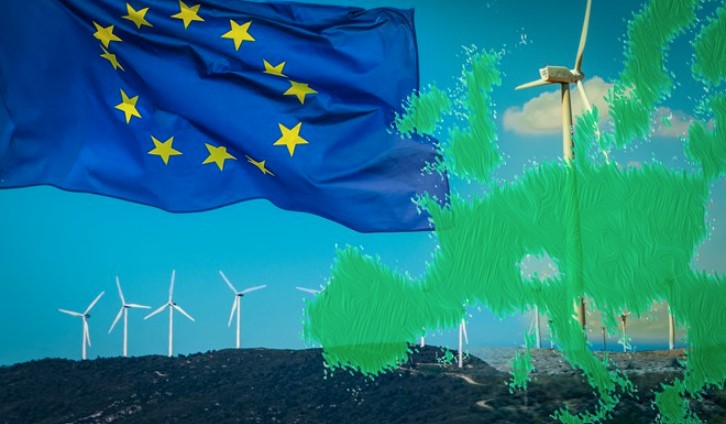ETFs and index funds’ market share of Article 9 under the Sustainable Finance Disclosure Regulation (SFDR) fell by 80% following the spate of downgrades in the fourth quarter of 2022.
According to Morningstar’s Q4 SFDR report, passive funds market share of the ‘dark green’ criteria fell from 24.1% to just 5.1% in the three months to the end of the year.
The findings show how ETFs have been disproportionately affected by the reclassifications due to their taste for Paris Aligned Benchmarks (PAB) and Climate Transition Benchmarks (CTB). According to the report, 41% of all downgrades from ‘dark green’ to ‘light green’ were ETFs and index funds.
Conversely, passive funds share of Article 8 only grew from 8.9% to 9.3%.
Hortense Bioy, global director of sustainability research at Morningstar said: “Following the Article 9 to Article 8 reclassification of sizable index funds and ETFs tracking CTBs, the market share of Article 9 passive funds shrunk significantly to 5.1% in mid-January 2023 from 24.1% in September 2022.
“The lower representation of passive funds in the Article 9 category raises questions about the feasibility or merits of an inexpensive rules-based approach for investors seeking pure exposure to sustainable investments.”
A recent report by Bloomberg Intelligence found that 70% of ETFs classified as Article 9 under SFDR were downgraded to Article 8 ahead of the ‘level 2’ update on 1 January.
The report found that ETF’s market share of Article 9 will likely fall further with more downgrades expected over the coming months.
More broadly, Morningstar found that just over a quarter (27%) of Article 8 funds with ‘sustainable’ in their name would meet the European Securities and Markets Authority’s (ESMA) proposed rules on fund names. The figure rises to 93% for Article 9 funds.
Article 8 funds went back into the black in Q4 2022, recording €10.7bn of inflows, while Article 9 funds posted their worst quarter of record with inflows of €5.1bn following their recent wave of downgrades.
Assets in Article 8 and Article funds rose by 7.3% over the quarter to €4.6trn, taking their market share to a combined 55%.
Issuers diverge on sustainable investment targets
As well as downgrading their product range over the past few months, asset managers have also been reassessing the sustainable investment allocation of their ETFs.
Different interpretations of the regulation have led to a significant divergence in the calculation of sustainable investment criteria across similar products.
For example, in September 2022, the UBS MSCI World Climate Paris Aligned UCITS ETF (AW10) targeted a minimum sustainable investment of 80%, versus 20% for the HSBC MSCI World Climate Paris Aligned UCITS ETF (HPAO).
However, UBS Asset Management has since reduced this to 20% “following the new regulatory guidance and conversations with fund distributors as well as a review of practices that led the manager to take a more cautionary and standardised approach”.
“While some asset managers aim to commit to as high a sustainable investment allocation as possible for their green products to be positioned in the most favorable way possible among fund distributors and end investors,” Bioy said.
“Others have decided to take a more conservative approach and disclose as low commitment levels as possible within a range that would not disadvantage them commercially.
“Different interpretations of the regulation have led asset managers to adopt different approaches to the calculation of sustainable-investment exposure, rendering it impossible to compare competing products directly.”
Related articles



